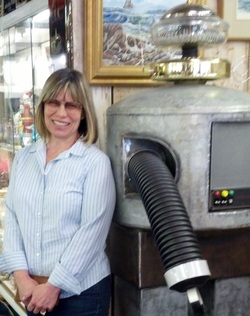
"Let's go see Oakley," Russ suggested. Sounded like a good idea to me, Oakley, a fellow radio enthusiast, happened to live near Sacramento.
I knew we'd be "picking," looking for old radios along the way. The bright promise of a treasure hunt, and a sunny sky, quickly took us out from under the weather.
We stopped at several small--by California standards--towns along the way. We had the good fortune to find, or purchase from Oakley, all the neat stuff below.
As often happens, and what makes our trips even more fun, is discovering the unexpected. On this outing we stumbled upon a Lost in Space robot (replica). He not only looked authentic, he could light up, twist and move his arms (or so we were told.)
"DANGER WILL ROBINSON DANGER." I had to pose with him. Robot captured my imagination as a child. Only Little Joe on Bonanza came close to being nearly as fascinating to me-but for different reasons.
After insuring Russ got the shot, we left. As we stepped out of the antique emporium, a warm, seventy degree breeze greeted us. It felt wonderful. "Sure glad I remembered my sunglasses," I said, as I watched Russ try to re-acclimate his eyes to the foreign object in the sky above us.
I don't know if it were the weather, or the chance meeting of an icon, but suddenly- the world seemed a much cheerier place.
Till next time...
Regards,
Sue
phlog's blog
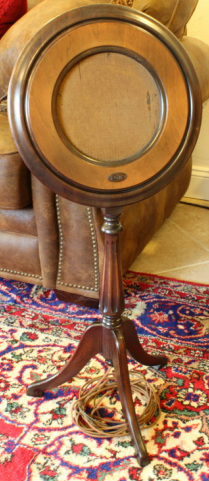 Rola pedestal speaker for battery radio. It is functional but the cone is very soft reducing the volume. The grill cloth is original. This is similar to, or the same as, a model 10 from 1926.
Rola pedestal speaker for battery radio. It is functional but the cone is very soft reducing the volume. The grill cloth is original. This is similar to, or the same as, a model 10 from 1926.  Supreme 500 test instrument from 1937/38. These were sold with a simple oak veneered box. Notice the leather handle still in great shape.
Supreme 500 test instrument from 1937/38. These were sold with a simple oak veneered box. Notice the leather handle still in great shape. 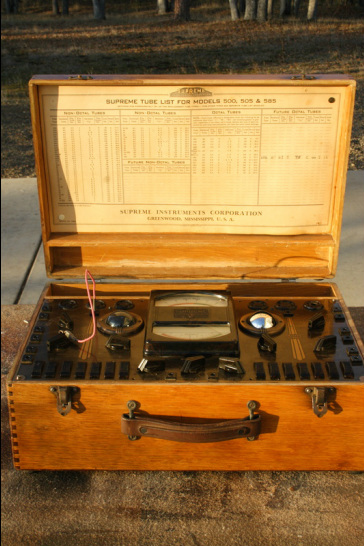
Its display is a single movement meter with 2 pointers and multiple scales as well as a large neon bulb.
A rather high voltage is provided by the device for testing ohms in the 2Meg range and higher. A dry cell battery is required for the lower ranges..
It has a special test function for the "new" 6E5 eye tubes.
The tube test function is an emissions tester. It does not have a gas test, but does trigger the neon bulb for shorts of less than 100K.

This (photo) is a pin 1 to 4 short test on an 01A indicating an intact filament.
The meter is used for electrolytic testing. A pass/fail range is indicated by the meter.
For "electrostatic" caps the neon tube lights to indicate leakage. This test seems to be a bit more forgiving of leaky caps than I would prefer.


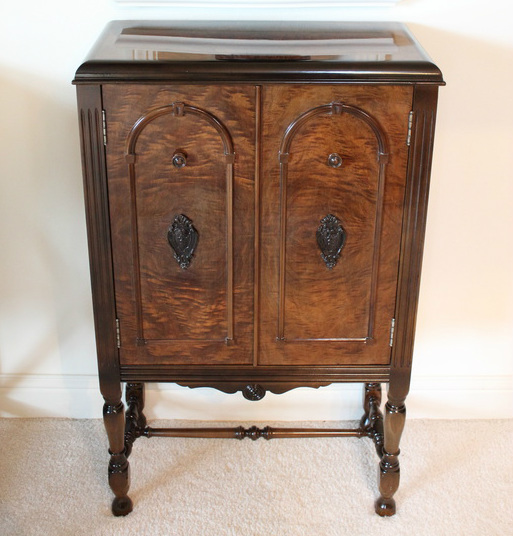
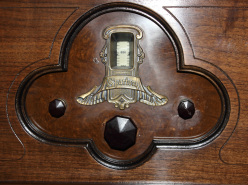
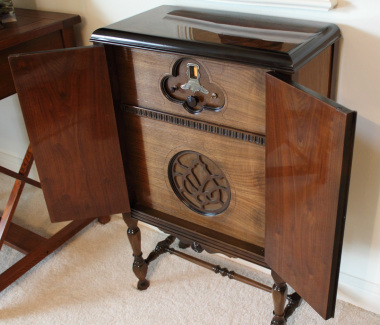
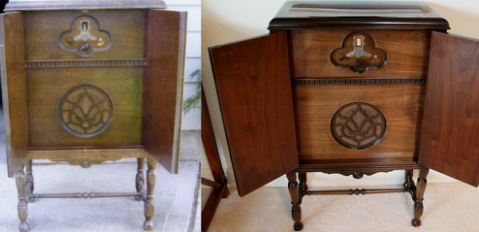
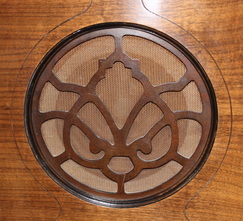

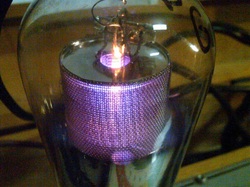
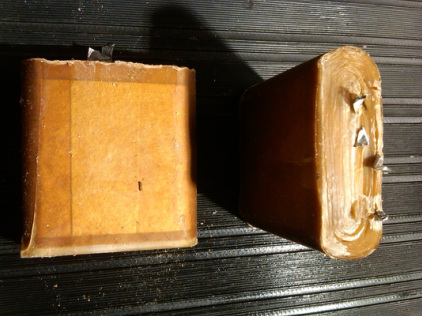




 RSS Feed
RSS Feed